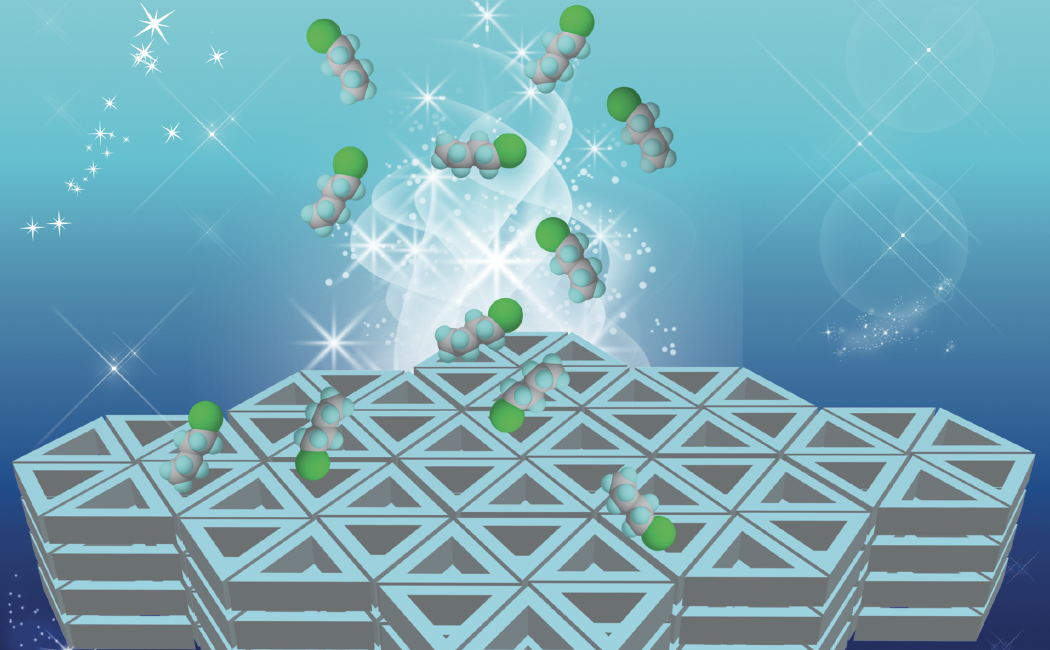


26 September, 2021
Abstract
Distillation-free separations of haloalkane isomers represents a persistent challenge for the chemical industry. Several classic molecular sorbents show high selectivity in the context of such separations; however, most suffer from limited tunability or poor stability. Herein, we report the results of a comparative study involving three trianglamine and trianglimine macrocycles as supramolecular adsorbents for the selective separation of halobutane isomers. Methylene-bridged trianglamine, TA, was found to capture preferentially 1-chlorobutane (1-CBU) from a mixture of 1-CBU and 2-chlorobutane (2-CBU) with a purity of 98.1%. It also separates 1-bromobutane (1-BBU) from a mixture of 1-BBU and 2-bromobutane (2-BBU) with a purity of 96.4%. The observed selectivity is ascribed to the thermodynamic stability of the TA-based host–guest complexes. Based on single crystal X-ray diffraction analyses, a [3]pseudorotaxane structure (2TA⊃1-CBU) is formed between TA and 1-CBU that is characterized by an increased level of noncovalent interactions compared to the corresponding [2]pseudorotaxane structure seen for TA⊃2-CBU. We believe that molecular sorbents that rely on specific molecular recognition events, such as the triangular pores detailed here, will prove useful as next generation sorbents in energy-efficient separations.
Read the article